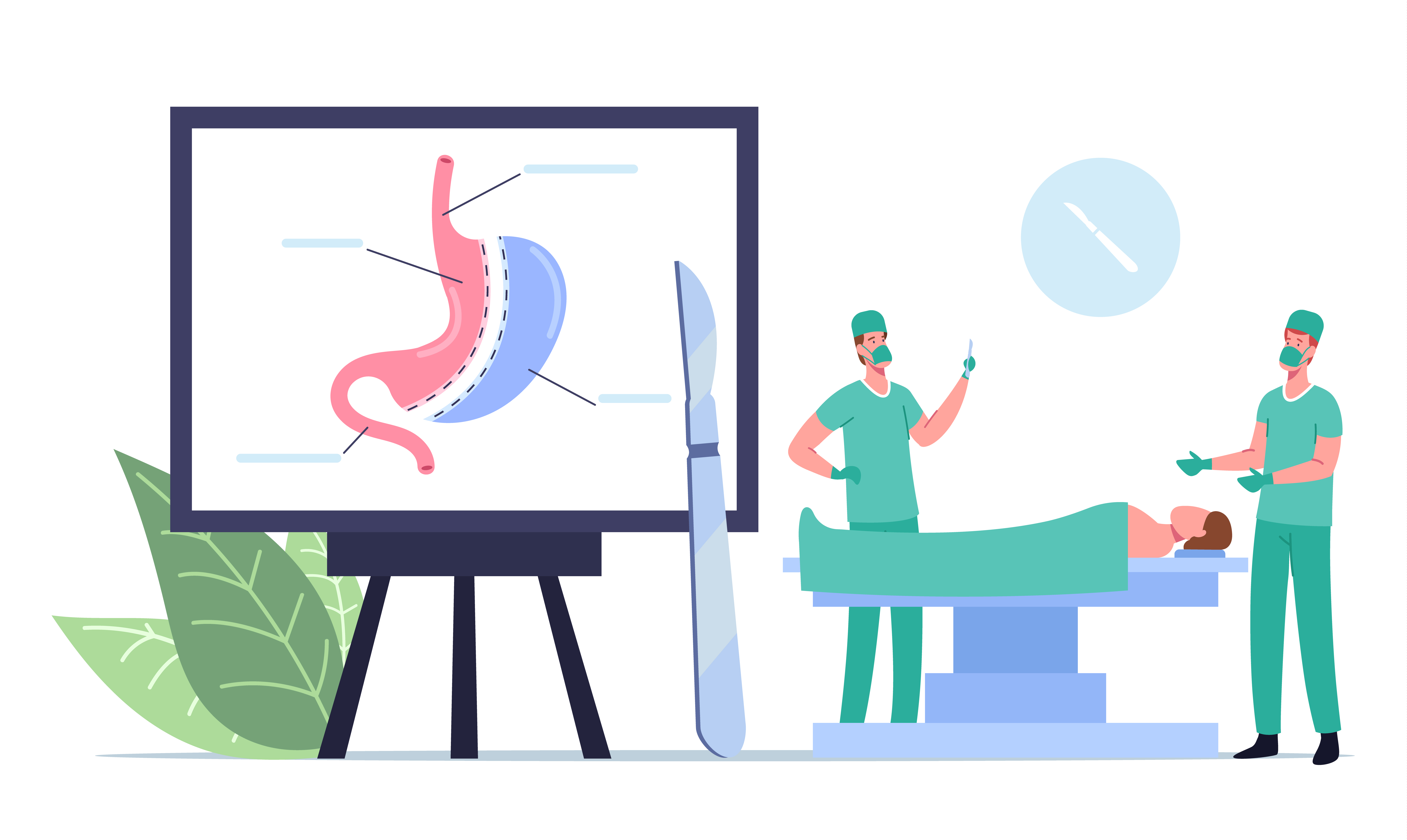Endoscopy
Home > GENERAL SURGERY

The process of imaging hollow organs with the help of a bendable instrument with a lighted camera on the tip is called endoscopy. It is a minimally invasive method that can be used for diagnostic purposes as well as allowing fragments to be taken from suspicious lesions. Examination of the oesophagus, stomach and duodenum by entering through the mouth is called gastroscopy, and the examination of a part of the large intestine and small intestine is called colonoscopy.
gastroscopy; oesophagus today; It is used as the most sensitive method used in the diagnosis of diseases of the stomach and duodenum. Endoscopy is widely used for diagnosis as well as for therapeutic purposes.
Who should have a gastroscopy?
The World Health Organization (WHO) recommends one gastroscopy to all patients after the age of 45, with or without complaints. In addition, it can be done in the cases listed below.
- Difficulty in swallowing,
- Difficulty swallowing solid and liquid foods,
– Painful swallowing,
– A feeling of being stuck when swallowing food,
– Stomach related problems,
- Souring and burning that does not go away with medical treatment,
- Swelling and pain in the upper part of the abdomen,
- Treatment-resistant anaemia,
- Sudden and rapid weight loss of unknown cause,
– Vomiting of coffee grounds or red blood,
– Color of ablution is tar-coloured,
- Bitter water coming into the mouth,
– Nausea and vomiting of unknown cause.
Gastroscopic Interventions for Therapeutic Purposes
1-Treatment of varicose veins
2- Treatment of non-variceal gastric bleeding
3-Expansion of oesophagus and stomach strictures
4-Removal of stomach polyps and early-stage gastric tumours
5- Stent placement in occlusive oesophagus and stomach tumours
6- Putting a tube into the stomach for feeding purposes (PEG)
Copyright@2021. OP. DR. Mahmut Doğan